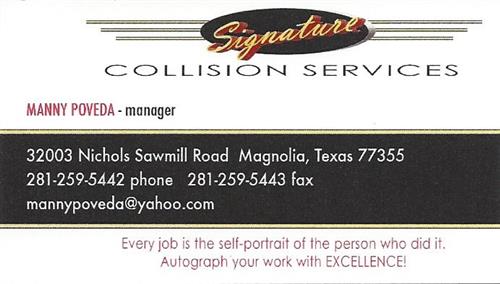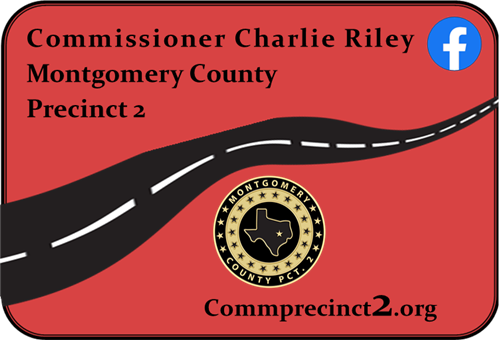
On 10/26/2021, Jen Gudet, a Certified Life Coach, spoke to the membership of the Magnolia Rotary Club about "The Art of Saying No" which just happens to be the name of a book she published in 2019. Pictured above from left to right are Jen Gaudet and Hope Moye (President Elect of the Magnolia Rotary Club).
Jen told everyone that prior to her current role in life she was a physical therapist who thought she had the perfect job doing what she loved and getting paid to do it. However, while in Australia, she decided she needed a sabbatical from her job to relieve some of her own stress. It was during that time that she decided to look into life coaching and signed up for a webinar. After that, she was hooked on the ideas she had learned and decided to become a certified life coach.
Jen explained that none of us can accomplish everything we want to do in the limited time we usually have. Therefore, we have to set priorities and simply say no to those things that are not our current top priorities. Once we have decided what out top one, two or three priorities are, we can that say "no" easier to those thing not in our top priority list. However, saying no to a friend who is asking for you help is not always easy. There is always the fear of what might happen when we say no. To overcome this problem, Jen stated that we should always take the following four steps when saying "no" if we want to achieve a win / win outcome.
- Thank the person who is asking for thinking of you.
- Validate their request.
- Set boundaries.
- Add value.
Jen used the idea of her mother asking her to change a light bulb to illustrate how these concepts work. Even though Jen knows she does not have the time to drop everything in her busy day to drive to her mother's home, change the light bulb and then drive back to work, she uses the steps above to say "no" without actually saying no while at the same time not making her mother mad at her. To begin with, Jen stating that she would thank her mother for thinking that Jen was the right person to hep her (step 1). Jen would then tell her mother that what her mother had asked her to do was important to her (step 2). Jen would then tell her mom that given her current top priorities she could not change the light bulb right then but could do it the next time she is visiting her mother (step 3). Jen would then offer solutions for her mother's problem by suggesting someone else in the family who was not busy might be able to help or offer to arrange for someone else to come change the light bulb (step 4). In this way, no one will be upset at the conversation.
Jen then pointed out that step 1 strengthens the relationship, step 2 validates the request, step 3 helps set boundaries on what or when you can offer help and step 4 adds value by offering a solution to solving the problem at hand.
Being a life coach, Jen asked everyone to consider removing one appointment in their calendar and use that time to do something with their top priorities. She also asked that everyone take time to define their top priorities and the align their daily activities to accomplish those priorities. Jen also mentioned that for her and many people, their family is their top priority and that priorities can change quickly if a family emergency occurs and that is how it should be.
Jen then took several questions from the audience before ending her talk.





